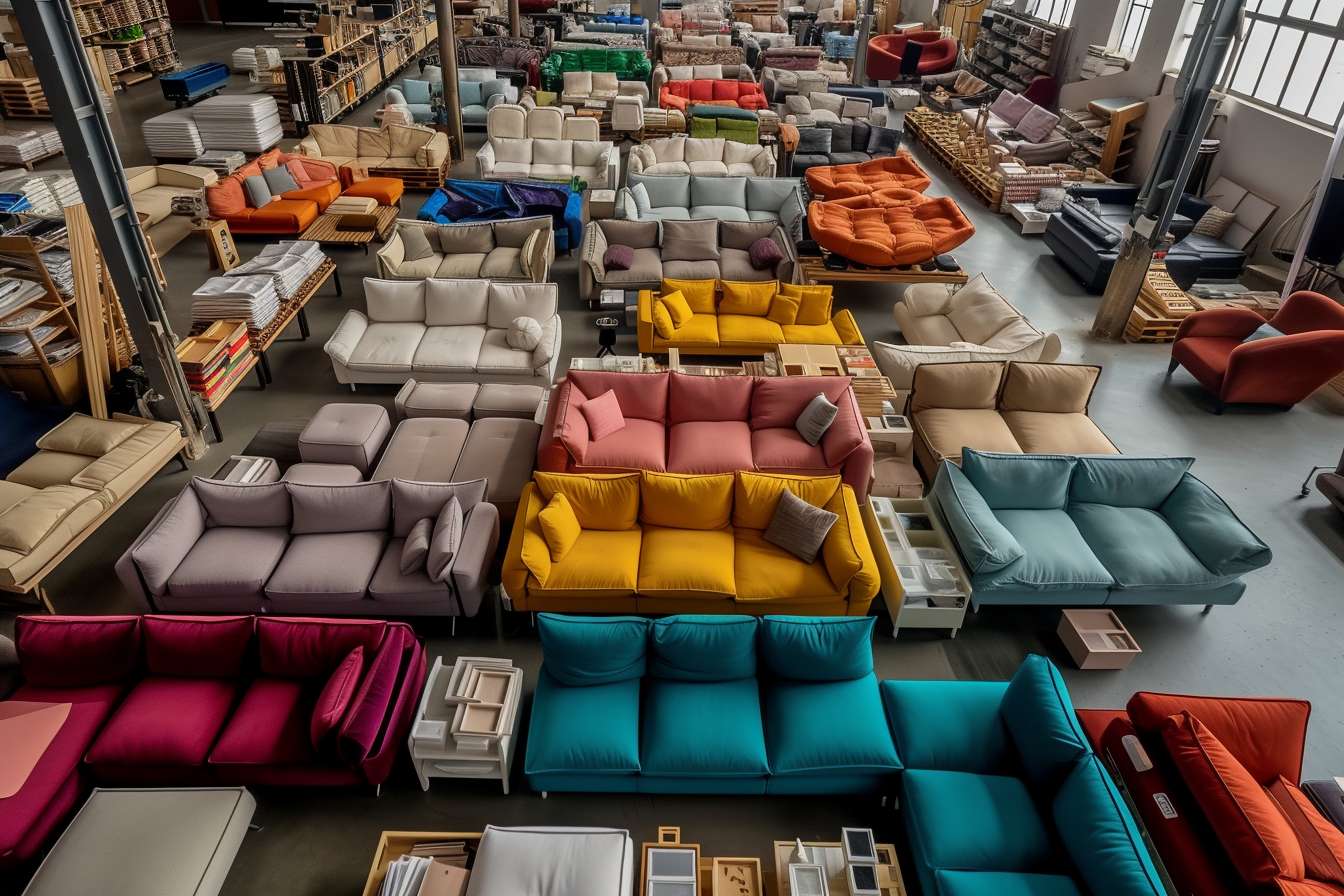Sofa Covers: Practical Guide to Protecting and Styling Your Couch
Sofa covers are simple, flexible solutions for protecting upholstery, refreshing style, and extending the life of a couch or other furniture. Whether you want to shield fabric from pets and spills, change a room’s palette, or update an older sofa without replacing it, slipcovers offer a low-commitment way to adapt to daily use and seasonal trends. This guide explains types, fabrics, fit, care, and how slipcovers can work with your home decor.

How do sofa covers protect furniture?
Sofa covers act as a barrier between daily wear and the underlying furniture. They prevent stains from food, drink, and bodily oils; reduce surface abrasion from regular use; and limit pet hair and claw damage. Slipcovers can be either full-coverage or partial (arm or cushion covers), and some include anti-slip backing or straps to keep them in place. For older couches, a cover can conceal fading, rips, or worn fabric while preserving the structural elements like frame and cushions.
Which slipcover fabrics suit different couches?
Fabric choice affects durability, comfort, and look. Cotton and linen blends are breathable and natural-feeling but can wrinkle and stain more easily. Microfiber and polyester blends resist stains and clean well; they often work better in high-traffic homes. Stretch fabrics with spandex provide a snug, tailored fit on many couch models but may show seams or pull over time. For pet owners, tighter weaves or performance fabrics (treated for stain resistance) are practical. Consider weave density, colorfastness, and whether you want a textured or smooth finish for the furniture’s intended use.
Can a sofa cover change your home decor?
Yes—slipcovers are an accessible way to shift a room’s mood without replacing large pieces. A neutral cover can simplify a busy room, while a patterned or colored cover can become a focal point. Layering with throw pillows, blankets, or contrasting trims helps integrate the covered couch into existing home decor. Seasonal updates are easy: choose lighter tones and breezy fabrics for warmer months and heavier textures or deeper colors for autumn and winter. Keep scale in mind—large patterns can overwhelm small rooms; subtle textures are more versatile.
How to choose the right size and fit for a couch
Accurate measurements are essential for a good-looking cover. Measure overall width, seat depth, back height, and arm height. Note whether cushions are attached or loose; removable cushions often need separate covers for the best fit. Decide between universal covers (one-size-fits-many, easier to install) and tailored/custom options (better fit, more expensive). Check product descriptions for the specific couch styles they suit—two-seater, three-seater, L-shaped, or sectional. Installation tips: follow folding and tucking instructions, use foam inserts or straps where provided to minimize slipping, and consider a tailor or upholstery service for complex shapes.
Care, cleaning, and local services for sofa covers
Care instructions vary by fabric and construction. Many slipcovers are machine washable on gentle cycles; others require spot cleaning or professional upholstery cleaning. Avoid high-heat drying for fabrics that can shrink—air drying or low-heat settings are safer. For spills, blot immediately and follow the manufacturer’s stain-removal guidance. Regular vacuuming or lint-roller use helps with pet hair and dust. If the cover has removable zippers or ties, use them to ease laundering. For deep cleaning or custom-fit work, local services such as upholstery repair shops or laundry services in your area can assist with repair, tailoring, or professional cleaning; check reviews and care expertise before booking.
Conclusion
Sofa covers and slipcovers provide a practical, adaptable way to protect furniture and refresh home decor without large investments. Choosing the right fabric and fit, following care instructions, and using available local services when needed will help covers look good and last longer. Thoughtful use of covers can preserve a couch’s value, control maintenance needs, and give you flexibility to change styles across seasons or life stages.






